When we talk about the world’s most dangerous animals, Australia usually dominates the conversation. But while Australia is certainly home to a large number of bizarre (platypus), frightening (saltwater crocodile), and dangerous (box jellyfish) animal species, that doesn’t mean that it’s the only place where you should look for nasty critters inside your shoes before you put them on. Incredibly dangerous creatures live pretty much everywhere in the world, even though they can seem innocuous at first glance. Here are a few places with some of the most dangerous animals in the world.


5 Places With the Most Dangerous Animals in the World (That Aren’t Australia)
1. East Africa: Zimbabwe and Mozambique
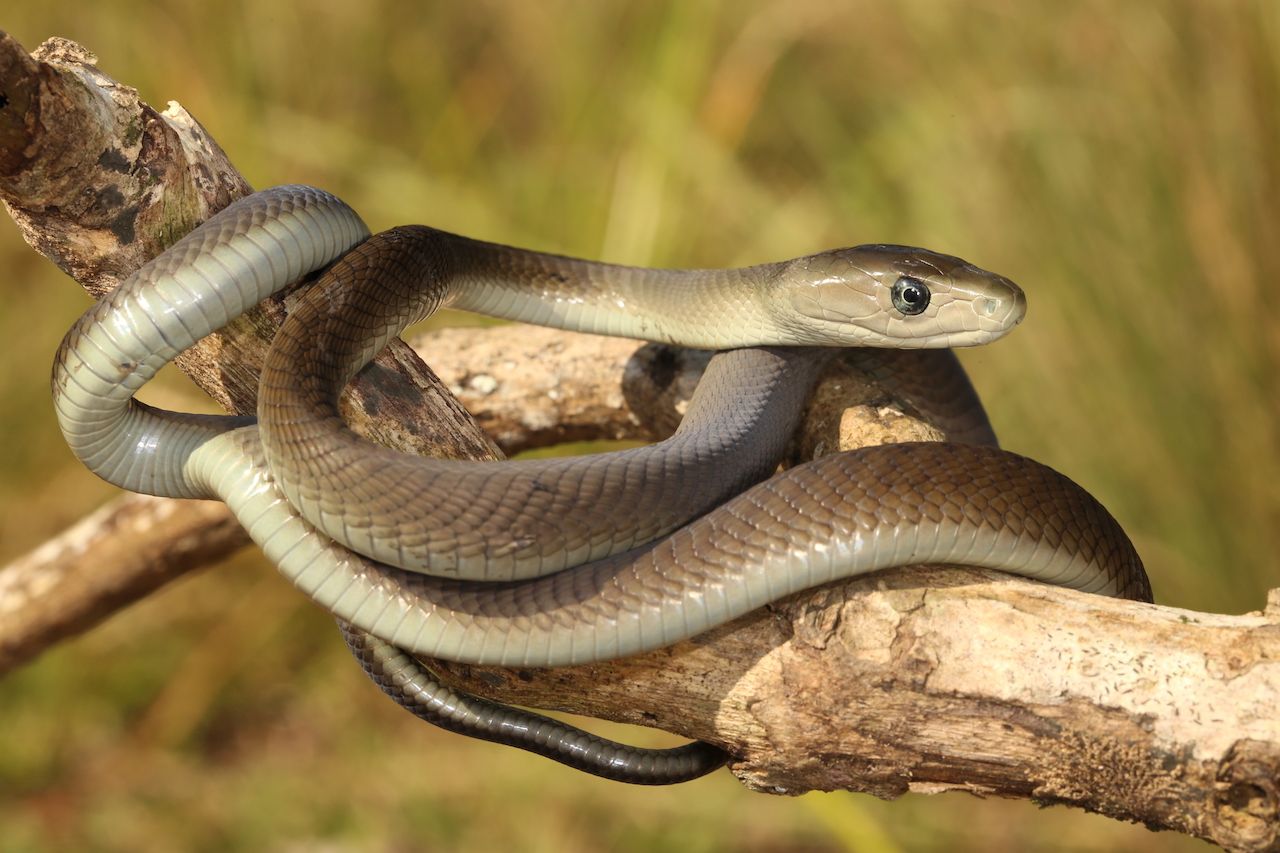
Photo: NickEvansKZN/Shutterstock
The deadliest snake in the world won’t be found in Australia, but in the savannas and rocky areas of Southern and Eastern Africa. Although it has a wide range, the snake’s population is most heavily concentrated in Zimbabwe and Mozambique, according to the IUCN Red List habitat map. Thanks to its rapidity, aggressivity, and highly toxic venom, the black mamba is considered to be the most dangerous snake in the world. Black mambas have been known to grow up to 14 feet long, and move as fast as 12.5 miles per hour. Black mambas are brown in color, but get their name from the black of the inside of their mouths. While they typically only attack when cornered, when they do feel threatened, they will raise their heads, spread their neck-flap, and strike multiple times. If you’re unlucky enough to be bitten, and don’t receive the antidote or medical care very quickly, the bites are 100 percent fatal.
2. The reefs of the Indo-Pacific Ocean
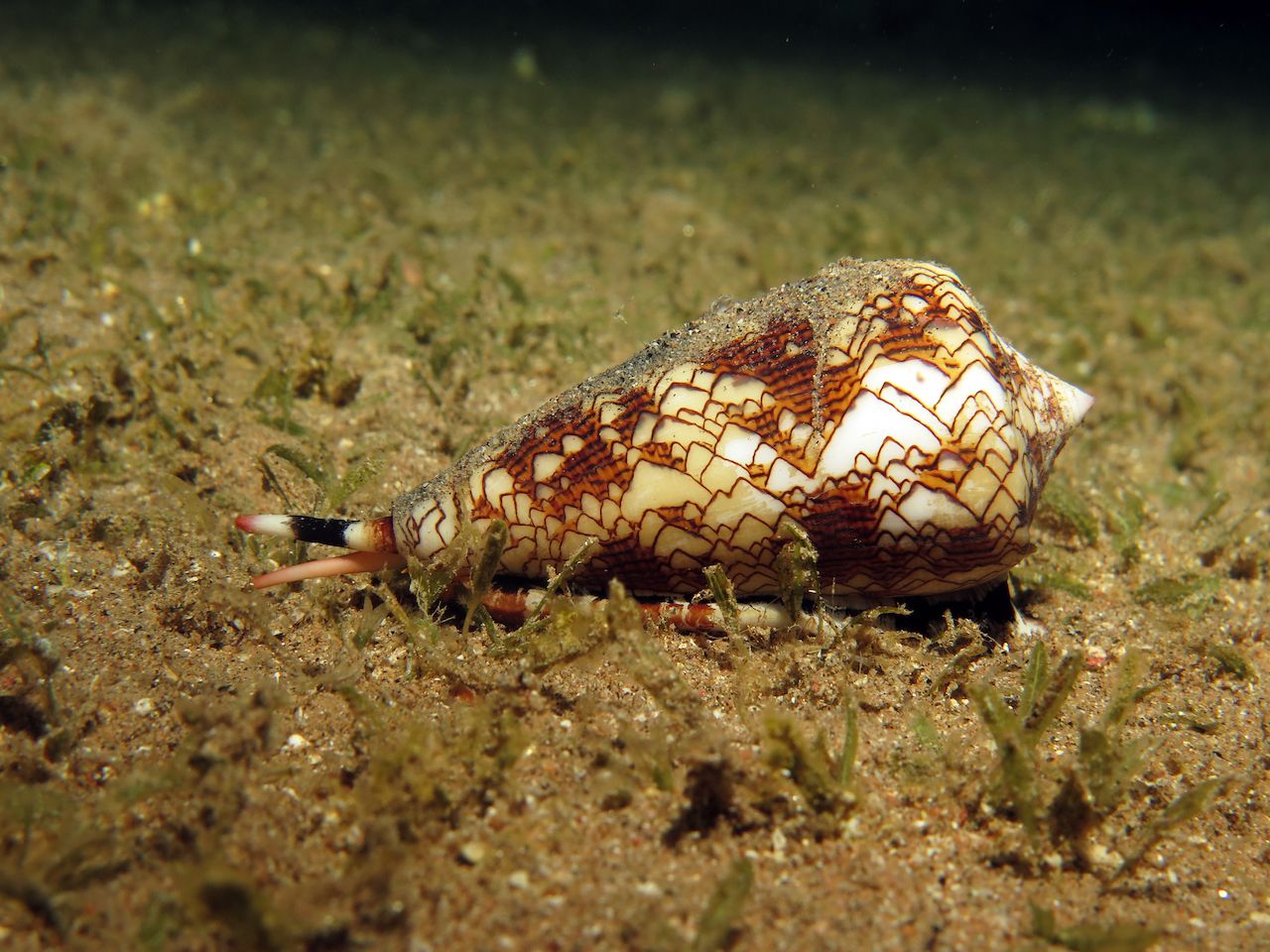
Photo: Laura Dinraths/Shutterstock
Snails aren’t generally considered frightening creatures, but the geography cone snail is definitely an exception. Defined by its brown-and-white marbled shells, this snail is often found in the reefs of the Indo-Pacific Ocean. The geographic cone snails are six inches long and have an elongated mouthpart with a harpoon-like tooth that delivers nerve agents able to kill — even through wetsuits. There is no antivenom for the geography cone snail sting.
3. The Arctic Circle
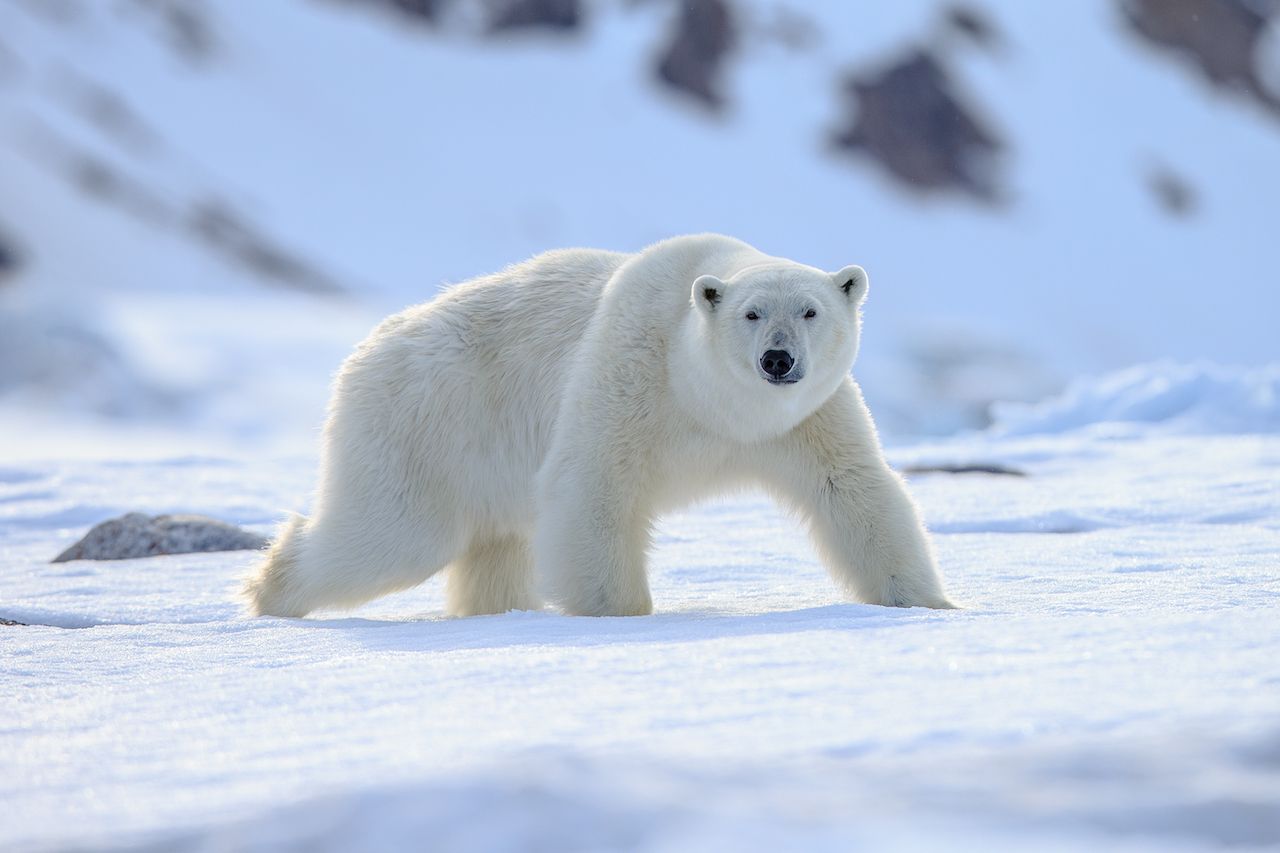
Photo: Vaclav Sebek/Shutterstock
Polar bears might look cute, but as the largest bears in the world (up to 8 feet tall and 1,600 pounds) and the Arctic’s top wildlife predator, you should be extremely careful when visiting their habitat. Polar bears live in countries inside, or that border, the Arctic Circle, i.e. Canada, Russia, Greenland, Norway, and the US (Alaska). The most carnivorous of the bear species, polar bears typically prey on ring seals, but they also feed on carcasses of whales and are known to attack beluga whales and walruses when in need of food. According to Polar Bears International, polar bear attacks on humans are rare and, when they happen, they are usually sparked by curiosity, undernourishment, fear, or provocation. That said, attacks on humans are increasing as the animals spend more time on shore because of the loss of sea ice and as human activities in their habitat increase. Due to polar bear danger in Svalbard, a Norwegian archipelago located within the Arctic Circle, the Governor of Svalbard imposes that anyone traveling outside of the settlements must be equipped with “appropriate means of frightening and chasing off polar bears” and recommends carrying firearms. Currently, there are estimated to be 22,000 to 31,000 polar bears in the world, with at least two-thirds living in Canada.
4. Colombia
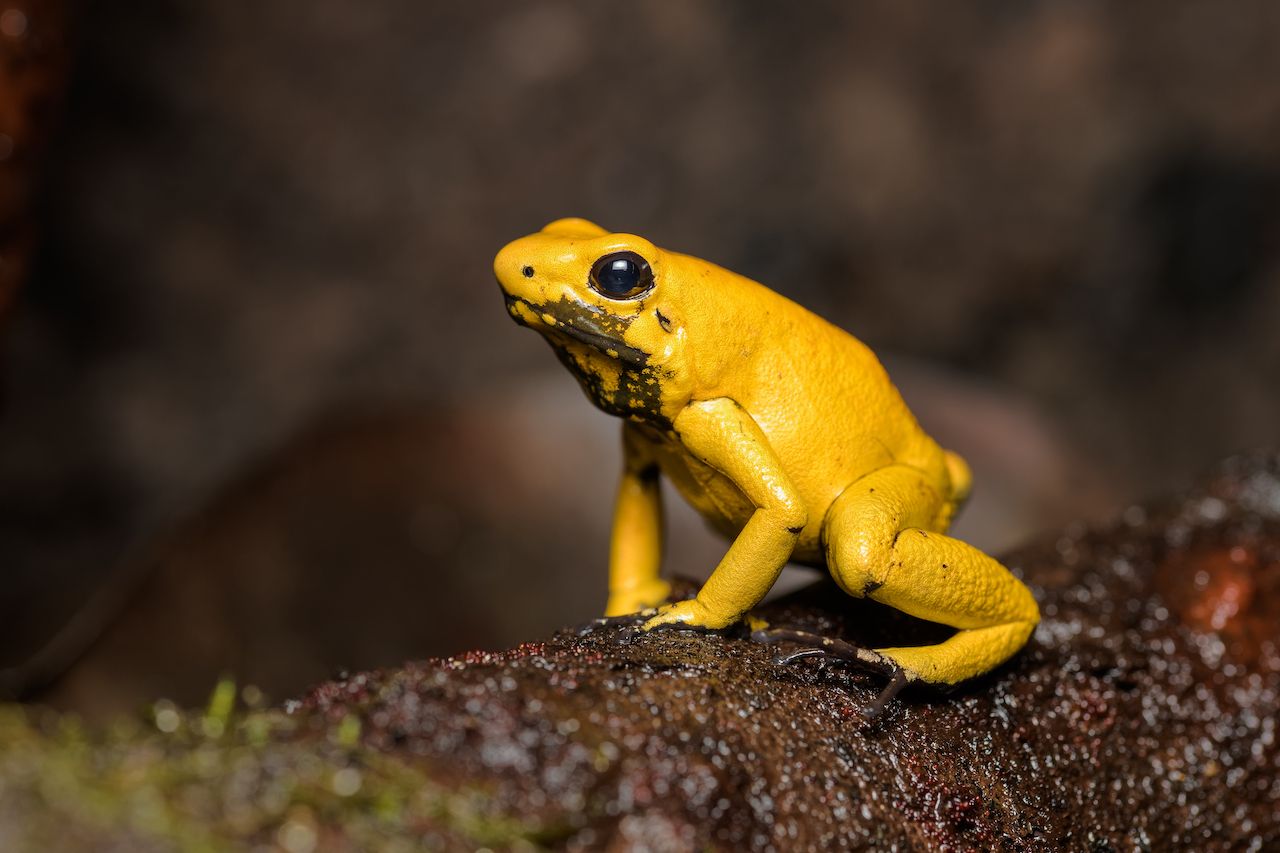
Photo: Thorsten Spoerlein/Shutterstock
These brightly colored frogs don’t look particularly intimidating, but they’re actually the most poisonous vertebrate on earth. The golden poison dart frog lives in a small area of rainforest on the Pacific coast of Colombia. Its poison is so deadly that the indigenous Emberá people use it to lace the tips of their hunting darts. There is enough batrachotoxin in one frog to kill 10 grown men. And because they are poisonous, not venomous, and keep their poison glands just beneath the skin, anyone who would dare bite or lick a golden poison dart frog would be immediately in serious trouble.
5. South Africa
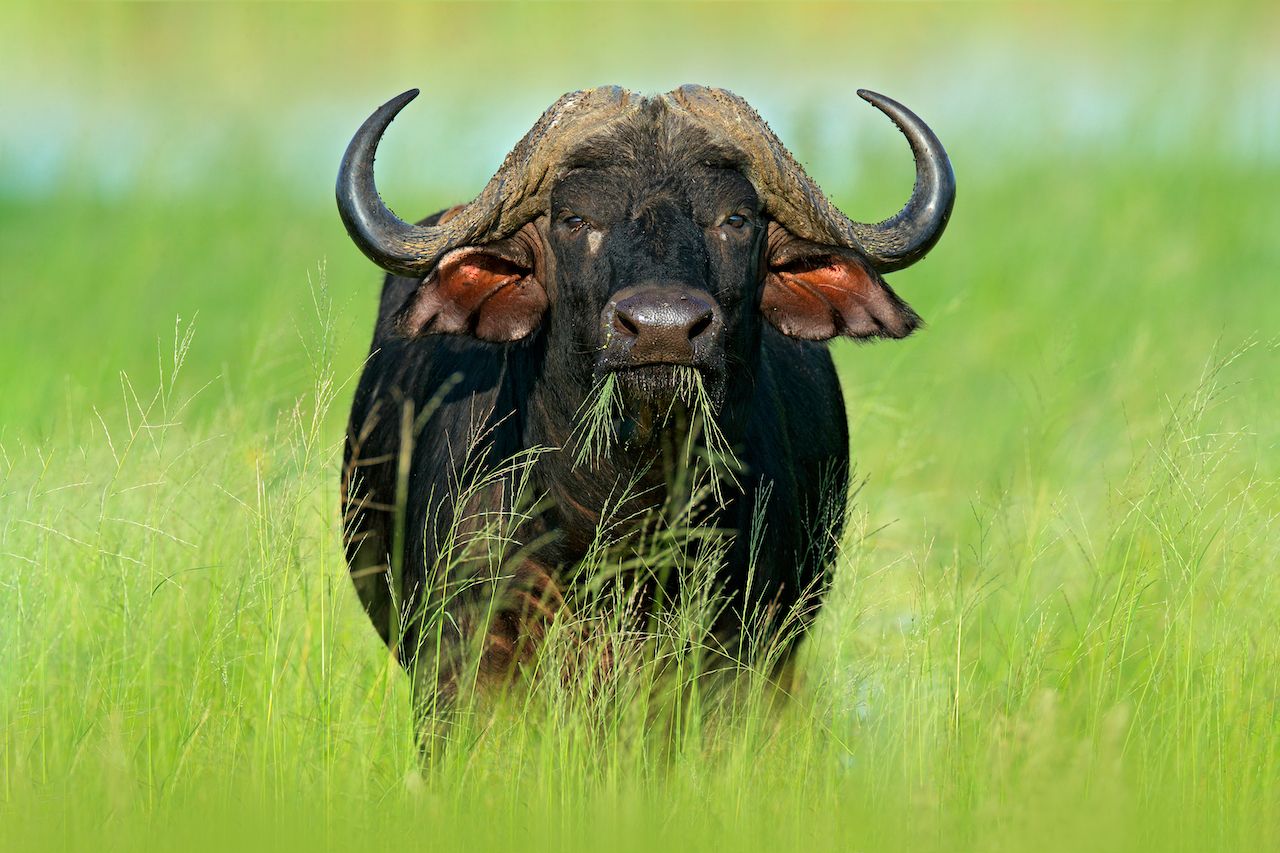
Photo: Ondrej Prosicky/Shutterstock
While African buffaloes (also known as cape buffaloes) roam throughout Southern and Eastern Africa, the largest population can be found in South Africa, particularly in Kruger National Park. Although you may think cape buffaloes look like docile black cows, they are huge (4 to 5 feet tall and can weigh up to 1,840 pounds), very aggressive, and have a pair of horns you don’t want to meet. Considered the most dangerous of the “Big Five,” African buffaloes are reputed to be unpredictable and have a terrible temper, so don’t go messing with them on your African safari, even if you’re in a vehicle — you’ll regret it.